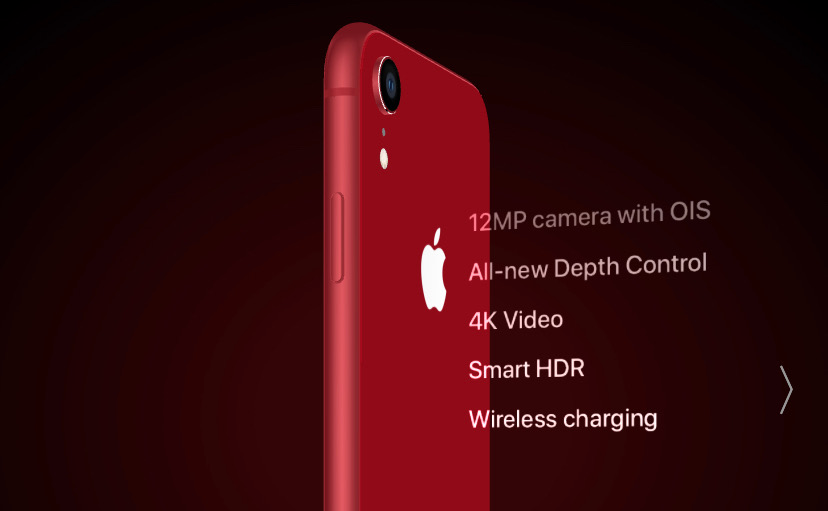Apple Locks Down Web-Based AR and VR Features in iOS 12.2 Beta
 Credit: Apple
Credit: Apple
Toggle Dark Mode
Apple is planning to add a new security and privacy feature to the Safari browser in iOS 12.2 that will prevent web sites from accessing the device’s accelerometer and gyroscope to track motion and orientation, a move likely to have a negative impact on web-based AR and VR experiences used by many advertisers.
The change, which Apple quietly mentioned in its Safari 12.1 release notes, was brought to light in a recent report by Digiday discussing the concerns raised by advertising agency employees about how the move is likely to hurt their business, and negatively impact the growth of new experiences on the web.
The switch can already be found in the iOS 12.2 beta released yesterday, under Safari settings in the iOS 12.2 Settings app, labelled Motion & Orientation Access. It’s disabled by default, meaning that web-based AR and VR experiences will be rendered inert unless users specifically go into their settings app to turn the switch back on.

Requiring users to specifically enable the setting in Safari adds a potential roadblock that is raising concerns for those who develop ads and other online experiences that incorporate AR, VR, or 360-degree video, since most users won’t have the setting enabled by default, and are unlikely to leave their browser to take the time to go into the iOS Settings app and find the setting to enable it. The end result could actually be a chilling effect on web-based AR and VR development, with some suggesting it could kill WebVR entirely.
While Apple naturally did not respond to a request for comment, the Digiday report notes a tweet from John Wilander, the Apple WebKit engineer behind Safari’s intelligent tracking prevention, explaining that the team’s request to “gate the feature” as part of iOS’ privacy restrictions was denied, leaving them no option but to turn it off in the Safari settings.
We asked for the ability to gate the feature with a user permission, for privacy reasons. Apparently the answer was no. That leaves no option but to turn it off by default for browsers that care about this kind of privacy.
John Wilander, via Twitter
Some have expressed hopes that iOS may ultimately choose to handle this in the same way as other privacy restrictions, choosing to prompt the user for permission in the same way that access to Location Services has worked for some time. However, Wilander’s comments may cast some doubt on that with the statement that the WebKit team was denied its request to “gate the feature.” Wilander referred requests for additional comment to Apple PR.
The change impacts all existing web experiences that use the iOS accelerometer and gyroscope, including Apple’s own iPhone Experience Page — which is blocked in Safari in iOS 12.2, but ironically still works fine in Google’s Chrome browser, since the restriction is specific to Safari 12.1, rather than a system-wide setting.
Several popular movie promotional pages are also affected, including Sony Pictures’ Spider-Man: Into the Spider-Verse, which specifically requires Safari for the AR experience, and DreamWorks and Universal Pictures’ First Man, which still provides limited support in Chrome, allowing the accelerometer and gyroscope to be used on a virtual skyscape, but pointing users to Safari to take advantage of expanded AR features.
It’s important to keep in mind, however, that with iOS 12.2 still in beta, it’s possible that this restriction may change in form or be removed entirely prior to the final iOS 12.2 release. Currently, Safari does specifically request permission for camera access on a site-by-site basis, making it possible that a similar prompt could be implemented for the new Motion & Orientation Access feature.






